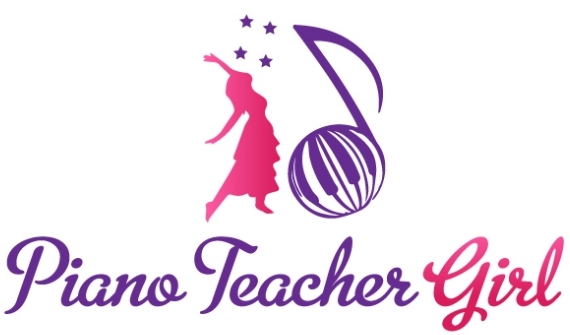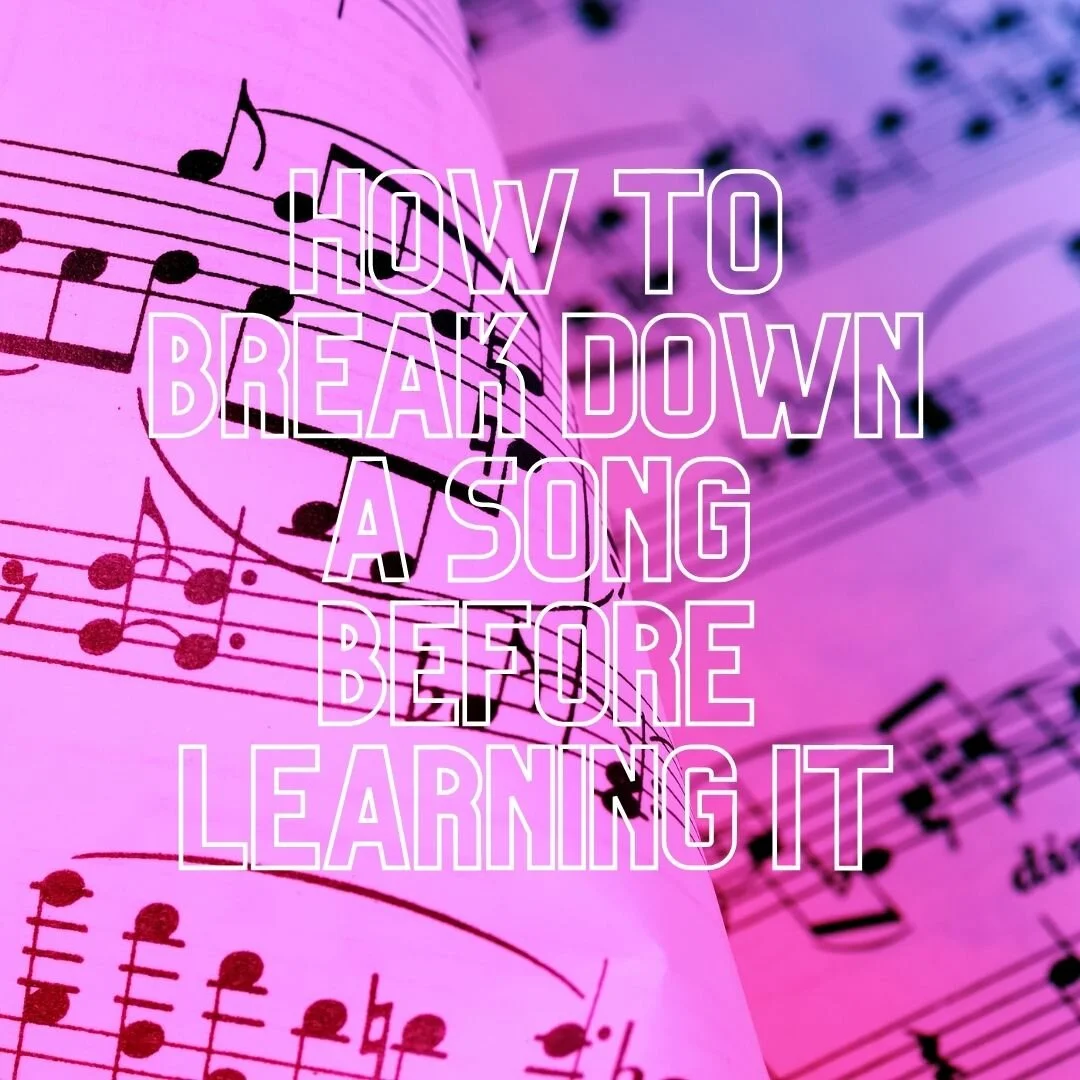When you are learning how to play piano, or any instrument for that matter, it is very exciting at the prospect of learning a new piece! But where do you begin? Like starting anything new, you need a strategy. Here is our approach. This is assuming that you do already read music relatively competently, but even if you don’t quite yet, some of these techniques can still be applied.
Get Familiar with the Notation
You need to look at a few important things in the notation to help you understand the piece. First off, what key signature are you in? This will tell you which sharps and flats you need to be incorporating. Play through the scale that the key signature is in, so you get the notes under your fingers.
What is the time signature? This will tell you how many beats per measure, and also give you a sense of how the music should “feel.” For example, 4/4 time, which is the majority of pop music, will have a particularly even structure to it. If the song is in 3/4 time, which would most likely be in classical music, then the feeling is going to be more 1-2-3, like the feeling of a waltz.
In addition to the key signature, you’re going to want to see if there are any accidentals that you need to be mindful of. Sometimes I had students circle these, and by all means, get some colored pens out and mark up your music!
Another important thing to note is the tempo. Is the song fast, slow or in between? While you don’t need to worry about playing it up to tempo yet, it is good to know what you are getting into.
Get Familiar with Patterns
If the piece is a pop song, there is a good chance the chords and bass line will have a very pop like rhythm. While the rhythmic notation may look complicated, once you break it down, you will notice these bass lines have a lot of repetition, and you may only be having to learn a couple of rhythmic patterns.
If the piece is classical, you’ll start to see that many of the chords will also have some structure and patterns that you’ll be able to start identifying. I would recommend my students break out another colored pen, and start circling some of the patterns in the left hand that seem to come back. Even better is to start finding similar patterns in the right hand, and circling them with a different colored pen.
Get Familiar with the Form
This might be easier said than done without knowing what the song sounds like, but if you start to see that there is an overall form with defined sections, then this would be helpful to identify. In a pop song, the form will be laid out somewhat obviously by seeing the verse and chorus sections, as well as pre-chorus and bridge sections if there are any. In classical music, the form might be slightly harder to identify, but look for distinctly different sections in terms of harmonica areas, different melodic lines, and cadences. Cadences are comprised of short chord progressions, that have a particular order indicating that we have reached the end of a section. Often times, a cadence will be a Dominant to Tonic chord progression. So if the piece is in the key of C, for example, you would see a chord on G, landing on a C chord.
Get Familiar with the Tricky Sections
Go through the whole piece, and circle the sections that LOOK to be the most complex in terms of the number of notes, tempo (although you will be learning the piece at a slow tempo), number of accidentals, chord complexity, interval distance, and anything else that you sense seem complex. These are the sections you are going to learn first!
Now the approach:
1) Look through the notation and understand what you are dealing with in terms of key signature, time signature and tempo
2) Circle any melodic and harmonic patterns you see that stand out to you
3) Identify the form and structure of the piece based on what you see visually, and your sense of ending points delineated by cadences.
4) Start working through the TRICKY sections first, VERY SLOWLY! Don’t worry about the overall tempo, bringing a piece up to the correct tempo comes last. But psychologically, it is better to tackle the more difficult sections first as if you leave those last, you will be more discouraged. Also, if you learn the easy sections first, you will be more used to playing those parts in the correct tempo, have to slow way down for the tricky sections, and it will be that much harder to match the tempos.
If you approach all new pieces in this manner, you will find that the process will be easier, less frustrating and more successful. As my old triathlon coach used to say, when explaining an entire season and training plan to us all at once, “How do you eat an elephant? One bite at a time!”
Happy Playing!

